
Review on Crucial MX500 500GB Internal SSD - Lightning Fast Speeds up to 560MB/s by Wiktor Michalski (Li ᠌

The best thing for the money, I'm glad I chose this option.
For the home, the best mid-budget choice. A 500 GB model should go through 7-10 years of service. Remember that a reserve of 1/3 of the volume to keep free is still relevant. If possible, of course - therefore choose more capacious models. IMHO. The report is presented on the possession of such drives in the amount of 3 pieces (2 -500GB, 1 - terabyte) a little less than a year.
- 1) Flash memory - Intel/Micron. 64 layers TLC. According to the ~ year of operation, it should withstand 1500 reprogramming cycles, which should give ~ 768TB of clean writing on a half-gig model (this is not an actual record - the actual one is considered corrected through WA -write amplification) 2) Using it as a system browser in Windows (Win7 64bit) with a non-pageable FF browser and few bookmarks in it + more or less normal work gives in my case WA ~ 2.4 and ~ 20-25GB / day. In total, the flash will withstand ~ 320TB of records in this mode. (number of reprogramming cycles*disk capacity)/WA. This is before abrasion 'to zero'. 3) The manufacturer's warranty (!) on disk recording volume gives ~1/2 from wear to zero. So in my (and most likely your case) it's ~17 years of work. That is, the flash is good. If your record volume is higher, consider it an approximation and it will be 95% correct. 60 GB of recording per day is a little more than 7 years (7 years 4 months). These figures are precisely the guaranteed recording volumes. This is 1 year of guaranteed data safety in the off state. To total abrasion if you figure it out - multiply by 2. But 'full abrasion of the flush' is only a few weeks of storage. Just a note. 4) There is protection against unexpected power off, which is VERY good. This is a capacitor bank that allows you to correctly reset the translator. Able to save the SSD from turning into a brick. And this occurs 5) SSD buffer that places the translator in the buffer and reduces WA. It also gives an increase in performance since it is not necessary to move parts of the translator from the flash to the RAM stub / back (as in Phison S11, for example - which has a 32 MB stub) 6) Crucial supports its creation with firmware ates 7) The drop in write speed BEHIND the SLC cache is very small. In fact, the drive is ALWAYS capable of receiving data at speeds higher than Raid-0 gives on two modern HDDs. Therefore, its performance for the home is ENOUGH (without any clarifications)! For demanding users
- 1) Proc SMI2258 is heated. Reading moderately. On record, it's not critical. But noticeable! It's good that only a percent. 2) There was a glitch in old firmware with a noticeable lag after TRIM'ing a large amount of data, so you need to ate the firmware. Formally, this is a minus 3) In environments without TRIM - data clearing does not work. Controversial: 1) I have not yet seen the work of the wear leveling system. Despite the fact that one drive has reached wear of 7% (93% of life left). At the very beginning of operation, images of virtual machines were copied back and forth on this drive for almost a month. There, up to 60-70% of the volume of the drive in copying per day was selected. So he was notably overspent in the first month. Now it works as a system in 'sparing' mode.
New products
Comments (0)
Similar reviews
Top products in 🧰 Computer Internal Components
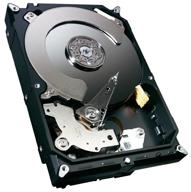
Seagate Barracuda 1TB HDD ST1000DM003

93 Review
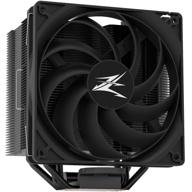
Zalman Performa Performance Powerful Included

172 Review

Unleash High-Performance with AMD Ryzen 5 3600XT Processor & Wraith Spire Cooler

223 Review
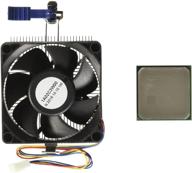
💪 AMD FD6300WMHKBOX FX-6300 Black Edition: 6-Core Processor with Unparalleled Performance

134 Review
Another interesting products

Comprehensive 500pcs Laptop Screw Kit Set for 🔩 IBM HP Dell Lenovo Samsung Sony Toshiba Gateway Acer

12 Review
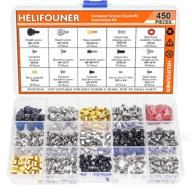
🖥️ Helifouner 450-Piece Computer Standoffs Spacer Screws Kit: Ideal for Hard Drive, Motherboard, Fan, Power Graphics & Computer Cases

10 Review
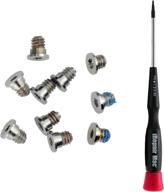
MacBook Retina 13-inch (A1425, A1502) and 🔩 15-inch (A1398) Bottom Case Screw Set with Pentalobe Screwdriver

11 Review
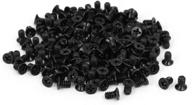
uxcell 3.5" HDD Screw Black 200pcs for Computer PC Case - Flat Phillips Head - 6#-32 - Hard Drive Fasteners

10 Review


